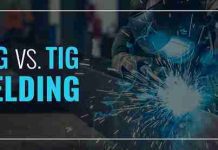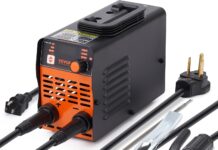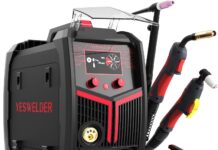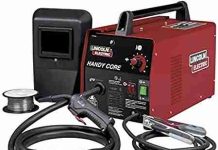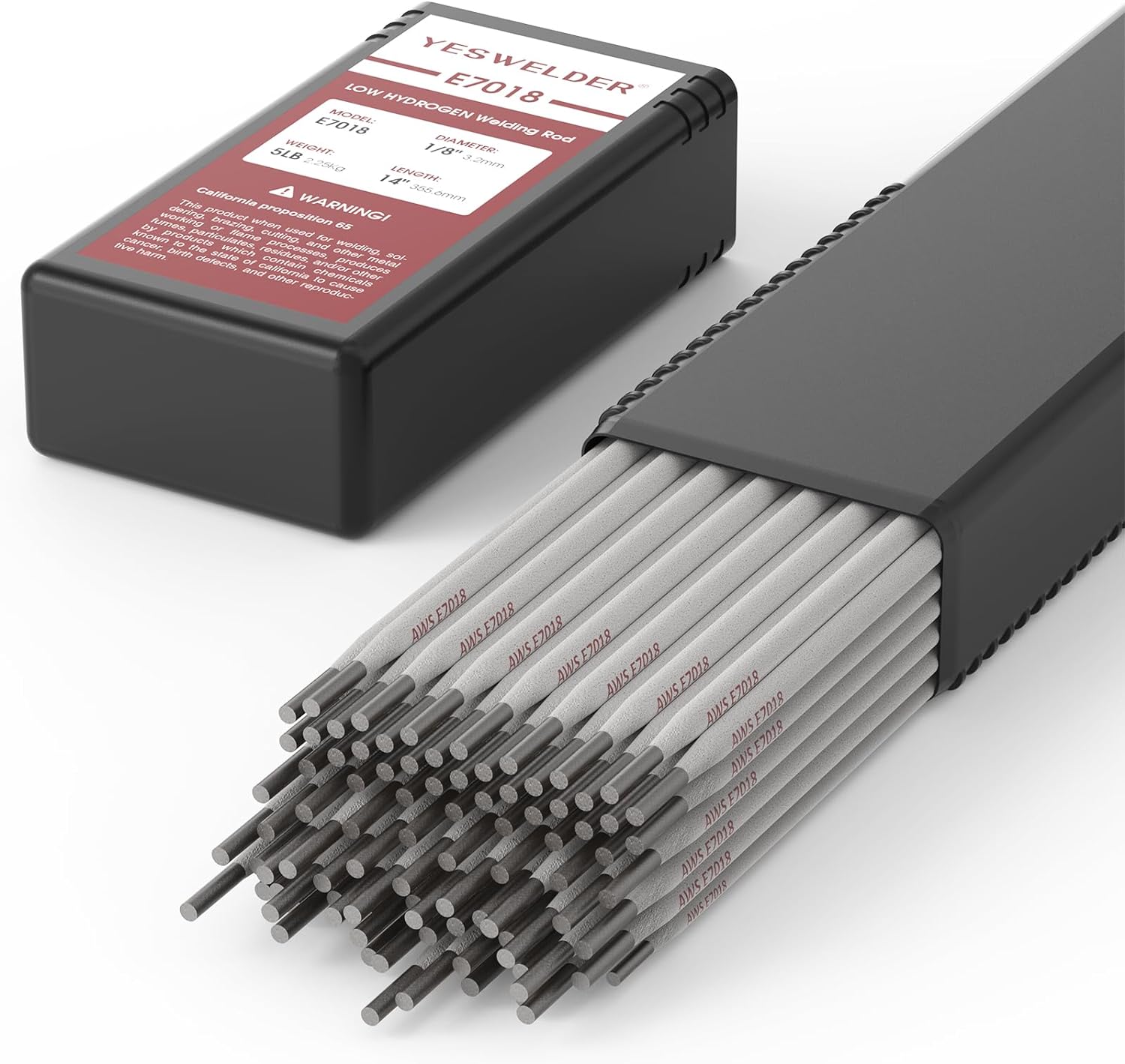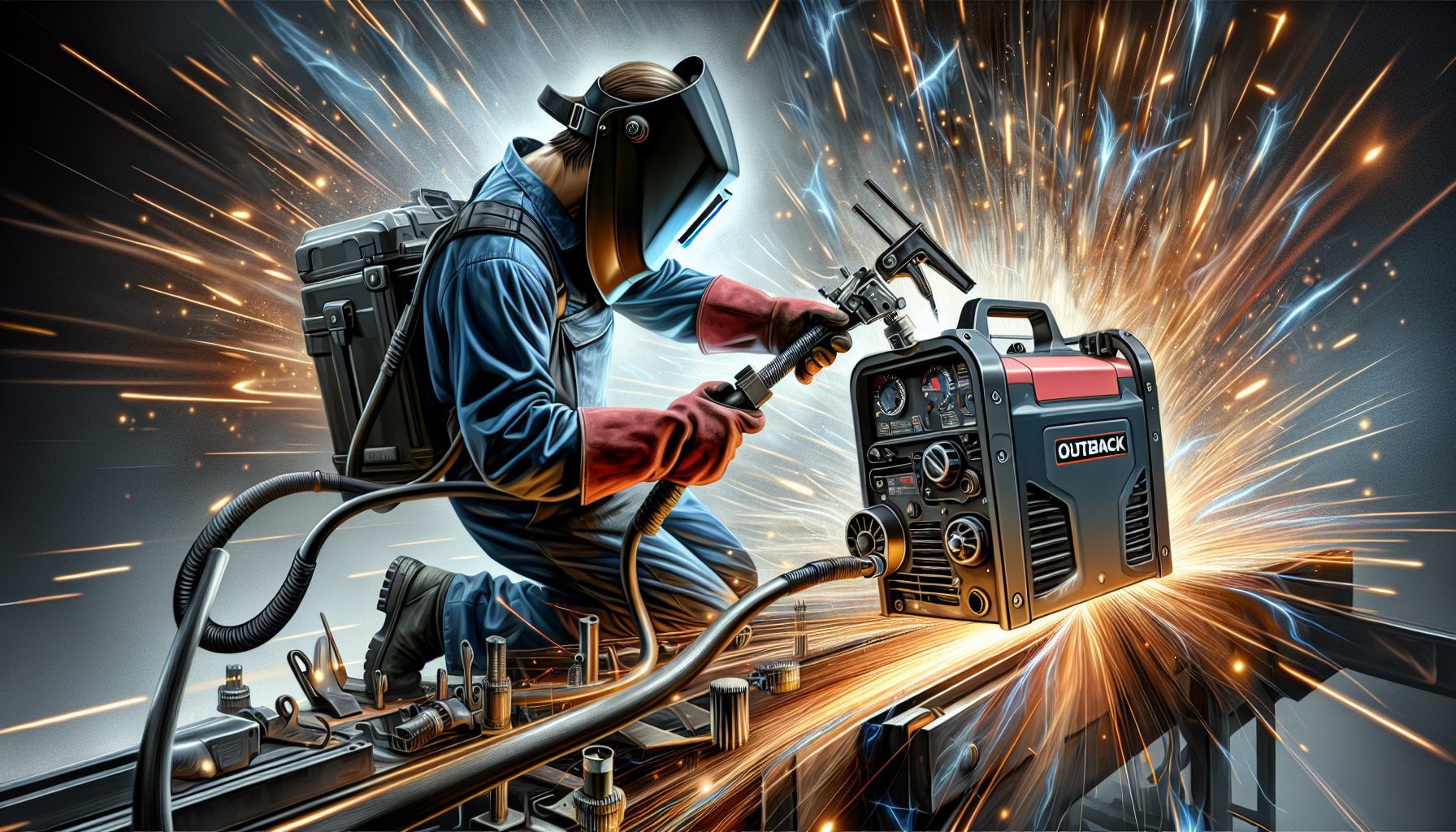In MIG welding, various gases are crucial in achieving high-quality welds. These gases, commonly known as shielding gases, protect the weld from contamination, ensuring its strength and durability.
Understanding the types of gases used in MIG welding is essential for welders to produce flawless results. This article explores the different types of shielding gases used in MIG welding, highlighting their unique properties and applications. Discover the key gases contributing to successful MIG welding and how they enhance the welding process.
MIG Welding and Its Applications
MIG welding, also known as Metal Inert Gas or Gas Metal Arc welding, is widely used in various industries. It involves joining metals by creating an electric arc between a consumable wire electrode and the workpiece. At the same time, a shielding gas is fed through the welding gun to protect the weld pool from atmospheric contamination. MIG welding offers several advantages, including high welding speeds, ease of use, and the ability to weld a wide range of metals, making it a popular choice for professional welders and hobbyists.
Importance of Shielding Gases in MIG Welding
Shielding gases play a crucial role in MIG welding as they protect the weld pool from the adverse effects of atmospheric gases such as oxygen and nitrogen. When metals are exposed to oxygen, they can form oxides, which weaken the weld and reduce its strength and integrity.
Additionally, nitrogen can cause brittleness in particular metals, leading to weld defects. These harmful gases are displaced by surrounding the weld pool with a shielding gas, ensuring a clean and sound weld.
Purpose of Shielding Gases
The primary purpose of shielding gases in MIG welding is to create a protective atmosphere around the weld pool. This atmosphere shields the molten metal from the surrounding air, preventing oxidation and the formation of weld defects. Additionally, shielding gases help to stabilize the arc, improve arc characteristics, and enhance the overall quality of the weld.
Benefits of Using Shielding Gases
Using shielding gases in MIG welding offers several benefits. Firstly, they prevent the formation of weld defects by eliminating the contact between the weld pool and atmospheric gases. This results in more robust, more durable welds. Secondly, shielding gases improve the control and stability of the welding process, allowing for precise and accurate welds. Additionally, they reduce spatter and improve weld appearance, resulting in a more aesthetically pleasing finished product.
Commonly Used Shielding Gases in MIG Welding
Several types of shielding gases are commonly used in MIG welding, each with unique properties and applications. The choice of shielding gas depends on factors such as the type of metal being welded, the welding position, and the desired weld characteristics. Let’s explore some of the most commonly used shielding gases in MIG welding.
Argon
Argon is an inert gas and the most commonly used shielding gas in MIG welding. It is non-reactive and provides excellent shielding against atmospheric contamination. Argon produces a stable arc with minimal spatter, producing clean and precise welds. It is often used for welding non-ferrous metals such as aluminum and stainless steel.
Carbon Dioxide
Carbon dioxide is another prevalent shielding gas in MIG welding. It is an active gas that provides good penetration and can be used to weld a wide range of metals, including mild steel, low-alloy steel, and some stainless steel. Carbon dioxide is economical and readily available, making it a cost-effective option for many welding applications.
Argon-Carbon Dioxide Mixtures
Argon-carbon dioxide mixtures combine the benefits of both argon and carbon dioxide. These mixtures allow greater control over the welding process and can be tailored to specific applications. Mixing argon with carbon dioxide improves arc stability, weld quality, and productivity. Different compositions of argon-carbon dioxide mixtures can be used depending on the specific requirements of the welding project.
Helium
Helium is an inert gas that offers unique advantages in specific welding applications. It has a higher ionization potential than argon or carbon dioxide, resulting in a hotter and more focused arc. This makes helium preferred for welding thick materials or when more significant heat input is required. Helium is commonly used for welding non-ferrous metals, such as aluminum and copper alloys.
Oxygen
While oxygen is not commonly used as a sole shielding gas in MIG welding, it can be added in small amounts to improve the weld characteristics. Oxygen enhances arc stability, increases penetration, and promotes faster welding speeds. However, it should be used cautiously, as excessive oxygen content can lead to oxidation and weld embrittlement.
Additional Considerations for Shielding Gases
When selecting and using shielding gases in MIG welding, there are some additional considerations to consider to ensure optimal weld quality.
Gas Flow Rate
Proper gas flow rate is crucial for effective shielding. Insufficient gas flow can result in inadequate protection, while excessive gas flow can lead to turbulence and gas wastage. Following manufacturer recommendations and adjusting the flow rate is essential based on factors such as welding current, electrode diameter, and nozzle size.
Gas Purity and Quality
The purity and quality of the shielding gas have a direct impact on weld quality. Contaminants in the gas can lead to weld defects and compromise the integrity of the weld. It is essential to use high-quality gases and regularly monitor gas cylinders for purity and contamination.
Effects of Gas Composition on Weld Quality
Different gas compositions can have varying effects on weld quality. The choice of shielding gas should be based on the specific requirements of the welding project, including metal type, thickness, and welding position. Consulting with welding experts or referring to welding procedure specifications can help determine the ideal gas composition for each application.
Choosing the Right Shielding Gas
Choosing the suitable shielding gas is crucial to achieve optimal weld results. Several factors must be considered when selecting a shielding gas for MIG welding.
Factors to Consider
When choosing a shielding gas, some factors to consider include the type of metal being welded, the welding position (horizontal, vertical, overhead), the desired weld characteristics (penetration, appearance), and the available equipment.
Understanding Welding Process Requirements
Understanding the specific requirements of the welding process is essential for selecting the ideal shielding gas. Different metals and welding positions may require different shielding gases to achieve the desired weld quality and productivity.
Consulting with Welding Experts
If you are uncertain about which shielding gas to use for a particular welding application, it is advisable to consult with welding experts or seek advice from experienced welders. They can provide valuable insights and recommendations based on their expertise and experience.
Selecting the Ideal Shielding Gas
Once all the factors have been considered and expert advice has been sought, the ideal shielding gas can be selected. The chosen gas should provide optimal weld quality, improve productivity, and be cost-effective for the specific welding project.
In conclusion, shielding gases play a vital role in MIG welding by protecting the weld pool from atmospheric contamination, improving weld quality, and ensuring the integrity of the weld. Different types of shielding gases offer unique properties and applications, and the choice of gas depends on factors such as metal type, welding position, and desired weld characteristics.
By understanding the purpose and benefits of shielding gases, considering additional factors such as gas flow rate and gas composition, and consulting with welding experts, selecting the ideal shielding gas for each MIG welding application is possible.





